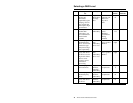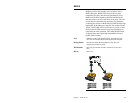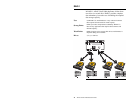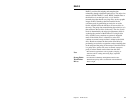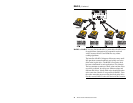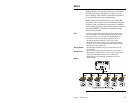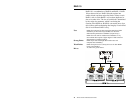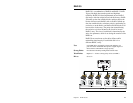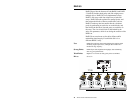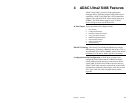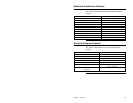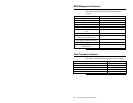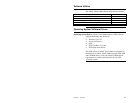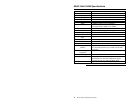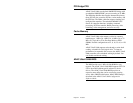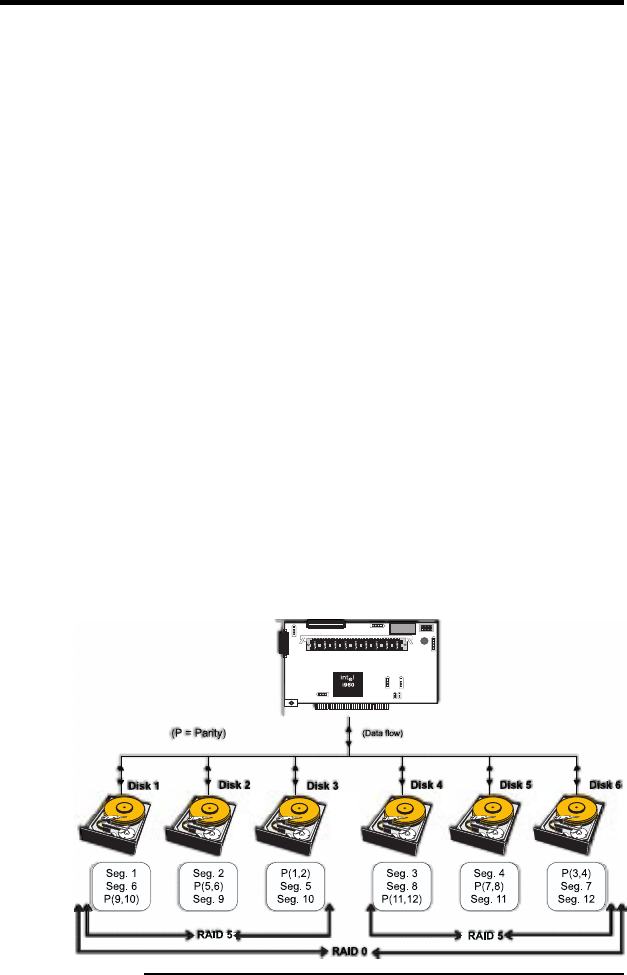
ADAC Ultra2 S466 Hardware Guide
28
RAID 50
RAID 50 provides the features of both RAID 0 and RAID
5. RAID 50 includes both parity and disk striping across
multiple drives. RAID 50 is best implemented on two
RAID 5 disk arrays with data striped across both disk
arrays. RAID 50 breaks up data into smaller blocks, and
then stripes the blocks of data to each RAID 5 raid set.
RAID 5 breaks up data into smaller blocks, calculates
parity by performing an exclusive-or on the blocks, and
then writes the blocks of data and parity to each drive in
the array. The size of each block is determined by the
stripe size parameter, which is set during the creation of the
RAID set.
RAID 50 can sustain one to four drive failures while
maintaining data integrity if each failed disk is in a
different RAID 5 array.
Uses
RAID 50 works best when used with data that requires high
reliability, high request rates, and high data transfer and
medium to large capacity
.
Strong Points
RAID 50 provides high data throughput, data redundancy,
and very good performance.
Weak Points
Requires 2 to 4 times as many parity drives as RAID 5.
Drives
Six to 32



